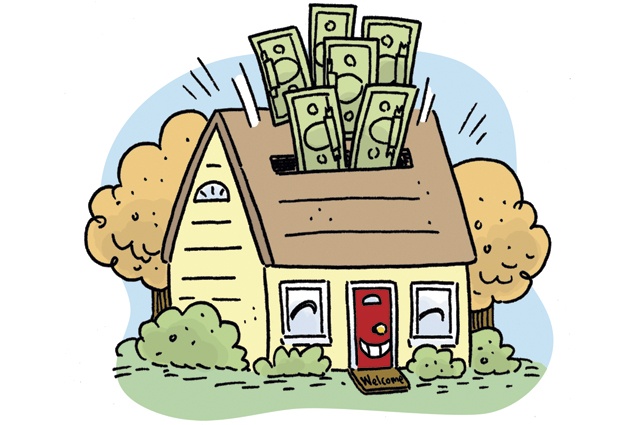If you’re in the market for an energy-efficient house this spring, you don’t have to take the builder’s word about its performance. Look for third-party energy-efficiency certifications instead.
These certifications endorse homes that meet certain energy-efficiency and environmental standards meant to save money on utility bills and make wise use of resources. A home can be energy efficient without being certified, but getting the guarantee of a third party can take the guesswork out of how it will function.
Whether the guarantee is necessary is a question for the potential buyer. “The consumer, we know, responds well to a third-party certification label,” says Nate Kredich, vice president of residential market development for the U.S. Green Building Council. “The trust factor is high.”
Third-party energy-efficiency certifications have been available for decades, and there are three major programs nationwide: Energy Star by the U.S. Department of Energy and the U.S. Environmental Protection Agency; National Green Building Standard by the International Code Council and National Association of Home Builders; and LEED (Leadership in Energy and Environmental Design) for Homes from the U.S. Green Building Council.
Local programs, energy audits and energy ratings are also available in some areas. The City of Austin, for example, began its green-home rating system in 1991—the first such program in the country—and some electric cooperatives in Texas offer energy audits.
To get homes certified, a builder has to work with a rater, an independent party who makes sure homes meet all the energy-efficiency standards. The builder pays various registration and certification fees.
Certification programs take into consideration homes’ environmental impacts and use of resources. Energy-efficient houses can save homeowners money on their bills. The EPA estimates that an Energy Star-qualified home can cut annual heating, cooling and water-heating costs by $200 to $400.
The potential for saving money over the life of an energy-efficient home can be an attractive selling point. “It’s a marketing tool,” says Bill Messick, North Texas field studies supervisor for the Texas Comptroller of Public Accounts Property Tax Assistance Division.
While such statistics are not tracked in Texas, in some parts of the country, studies of multiple-listing service data show that homes with third-party energy-efficiency certifications fetch higher prices and sell faster. In the six-county Portland, Oregon, metropolitan area, certified new homes sold for an average of 8 percent more between May 1, 2010, and April 30, 2011, according to Earth Advantage Institute.
“Green homes are starting to stand out,” Kredich says.
——————–


